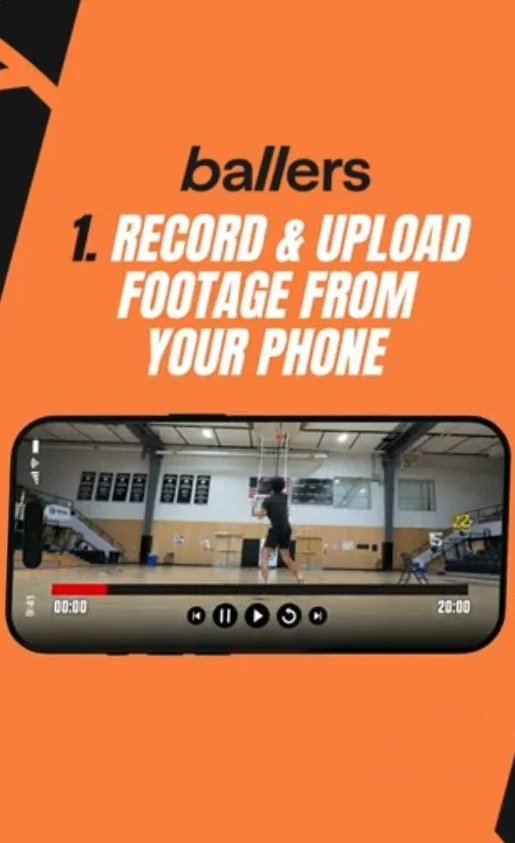1. The Backstory: Why Jump Matters Right Now
Alex Rodriguez long celebrated for his MLB accomplishments (and one of my all time favorites who hit .358 with 36 HR’s and 54 Doubles as a 20 year old in the middle of the Vaunted 96 Mariners roster) is now making waves off the field as a savvy entrepreneur. As co-founder of Jump, alongside Marc Lore and CEO Jordy Leiser, A-Rod helps lead a startup that's rewriting how sports teams handle fan experience, ticketing, and commerce.
Jump launched its platform to unify fragmented team systems: ticketing, merchandise, concessions, and mobile content into a seamless, data-rich ecosystem built for sports clubs.
2. Building Momentum through Funding & Partnerships
Funding: A recent Series A brought in $23M led by Alexis Ohanian’s venture firm, Seven Seven Six, with Courtside Ventures, Will Ventures and Forerunner also participating. Lifting total capital to around $58M and valuing Jump above $100M.
Key Clients: Jump has landed major teams including the Minnesota Timberwolves and Lynx (where Rodriguez and Lore are co-owners), plus NC Courage and North Carolina FC as first pro clients.
3. Why Jump Is a Big Deal for Sports Tech
Unified Control & Data Ownership: Jump gives teams full control over pricing, fan data, and revenue streams—unlike legacy systems that often silo or extract value.
True Direct-to-Consumer Model: Fans access tickets, merch, and concessions under one login—no middlemen, no fees.
Innovative Features: Jump introduces smart tools like real-time seat upgrades via dynamic, reverse-auction ticketing—keeping venues lively and monetizing empty seats dynamically.
Aligned Economics with SaaS + Revenue Share: Teams benefit from subscription licensing plus a cut of all platform-driven sales—not just ticketing, but also merchandise and F&B through unified commerce.
4. What This Means for the Sports Tech Landscape
Jump stands as a referendum on what teams and leagues are looking for next:
Ownership & autonomy: Teams want to own their operations, data, and fan relationships.
Simplicity for fans: The expectation now is one-stop-shop experiences—seamless and fee-free.
Innovation is the new norm: Dynamic seat upgrades, personalization, and mobility-first tools are no longer optional—they're expected.
New business models: Firms that can help franchises increase margins, mid-game revenue, and lifetime value will win.
5. A-Rod’s Role: More Than a Figurehead
Rodriguez is uniquely positioned—co-owning teams while building their technology. Jump has become the exclusive platform for his Timberwolves and Lynx franchises, giving him both skin in the game and a testbed for broader league-level innovation.
6. Conclusion:
Why Jump’s Rise Should Matter to Every Sports Tech Leader
In the digital-first era, sports franchises can't afford to patch together fragmented, outdated systems that harm fan experience and margin. Enter Jump—a future-forward platform co-founded by Alex Rodriguez, Marc Lore, and Jordy Leiser—that unifies ticketing, commerce, mobile, and fan data into one seamless, direct-to-consumer experience.
With funding surpassing $50M and marquee deals with the Timberwolves, Lynx, NC Courage, and North Carolina FC, Jump isn’t just another startup—it’s a signal of what's possible in fan-first sports commerce. Through innovations like dynamic seat upgrades, cross-event sales, and fee-free transactions, Jump empowers teams to deepen fan loyalty, own their data, and unlock untapped revenue—all while simplifying operations.
Sports tech companies should take note: the playbook is changing. The winners won’t be those who merely automate, but those who help teams reclaim control, monetization, and personalization in a single, elegant platform. And with A-Rod’s footprint in both ownership and tech, Jump may just be the blueprint we’ve been waiting for.














